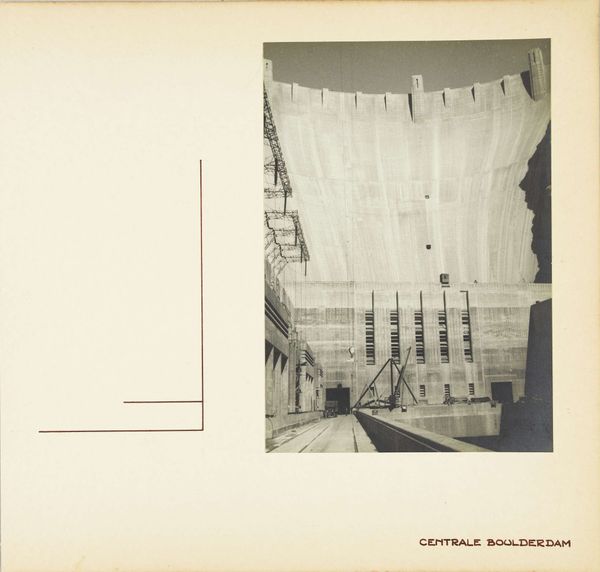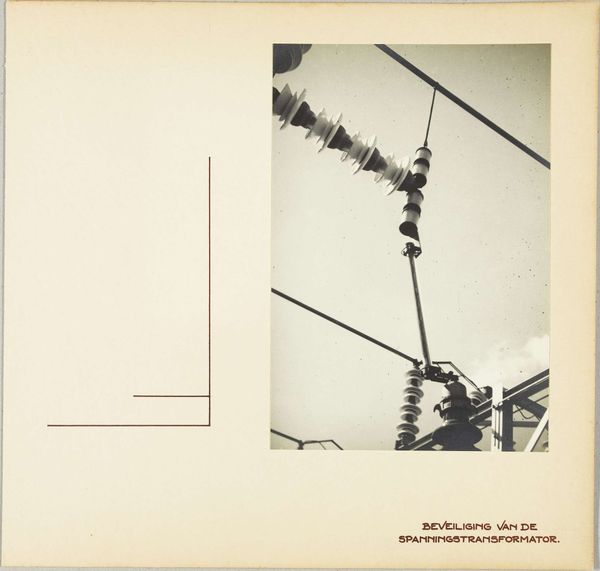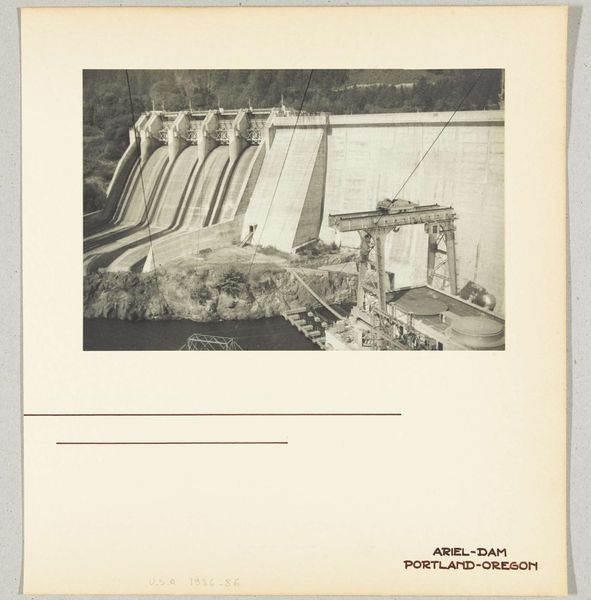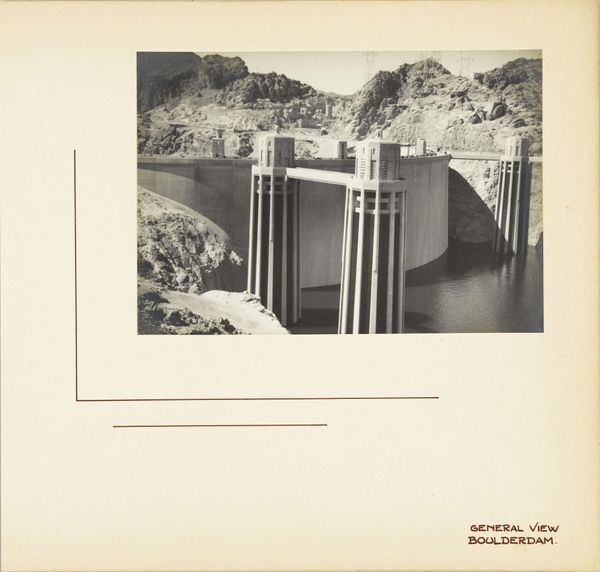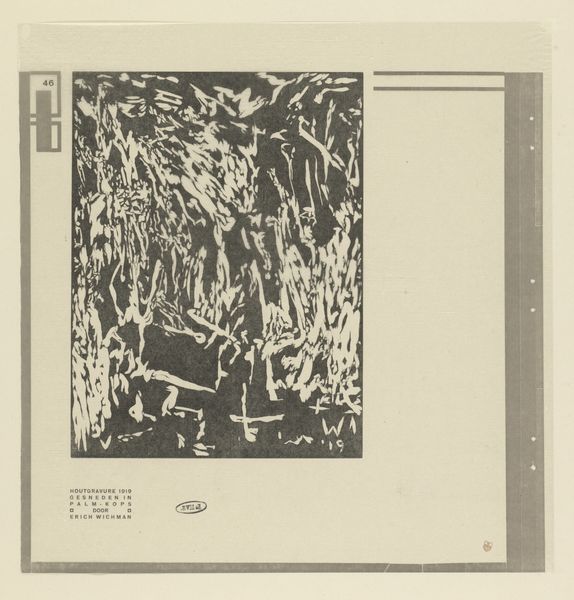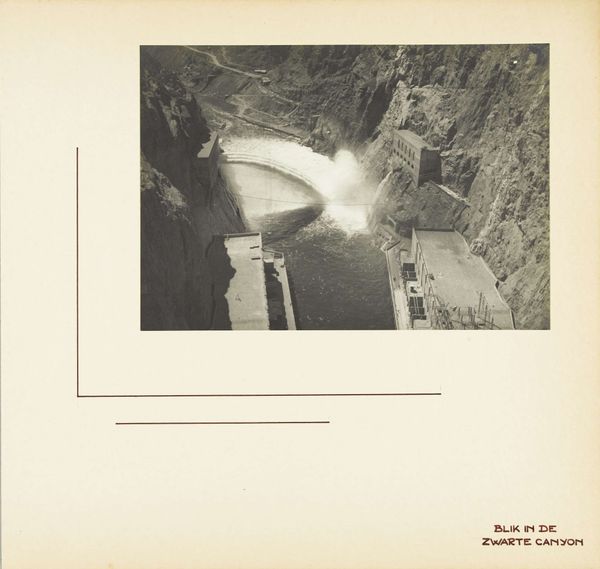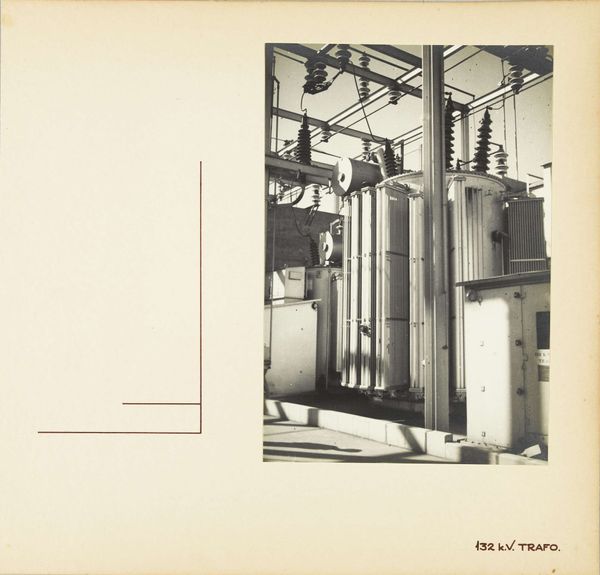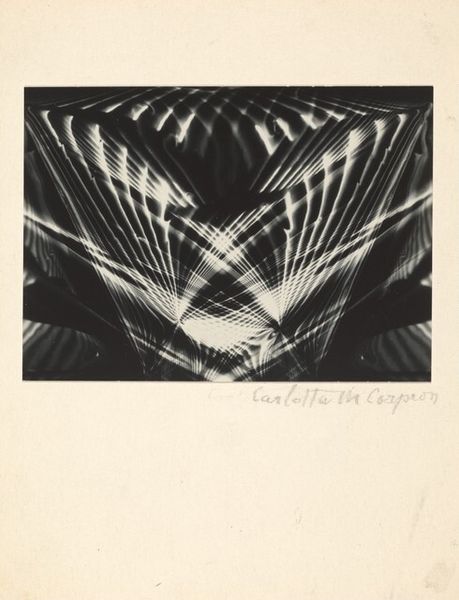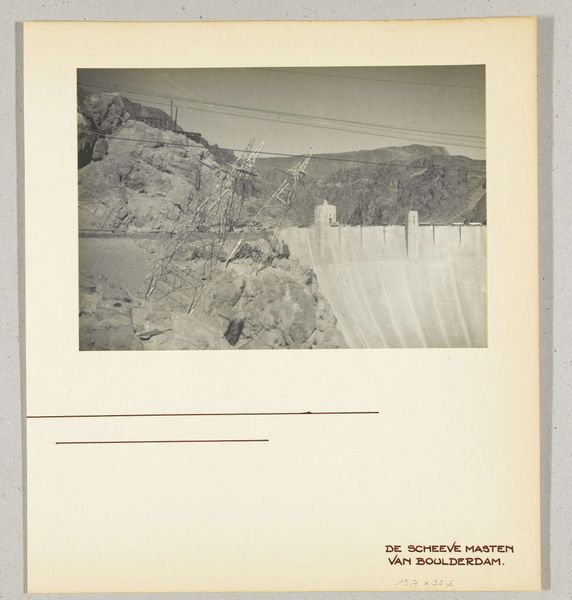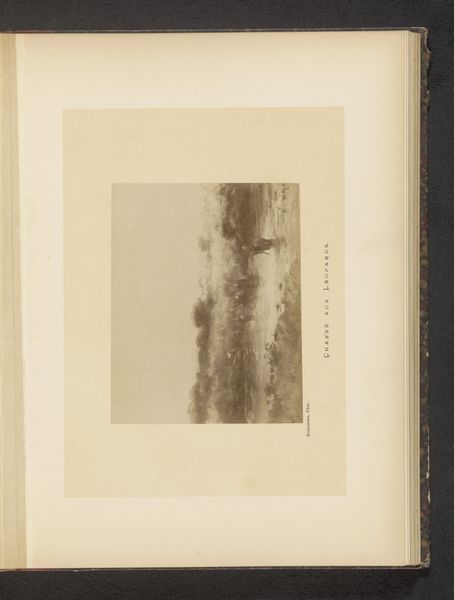
photography
#
precisionism
#
landscape
#
photography
#
cityscape
#
realism
Dimensions: height 227 mm, width 154 mm, height 315 mm, width 330 mm
Copyright: Rijks Museum: Open Domain
Curator: Here we have a photograph titled "Boulder Dam, Arizona/Nevada, Verenigde Staten" dating back to 1936. It’s credited to Wouter Cool. What strikes you most upon first glance? Editor: An overwhelming sense of power, almost unsettling in its starkness. It’s monumental, but also flattened by the monochromatic palette. The image feels sterile, devoid of life beyond the implied human presence in its construction. Curator: Precisely! It’s important to remember the dam's construction took place during the Great Depression. The materials – concrete, steel, human labor – all became symbols of progress, industrial might, and a solution to economic hardship. Thousands toiled, transforming the landscape. Editor: That starkness, now you mention it, reminds me of ancient ziggurats or pyramids; immense, awe-inspiring structures built by a mass of workers. The image resonates with that visual vocabulary of monumental achievement. And water, historically associated with power and fertility, is completely absent in the composition! Is that deliberate? Curator: Cool's artistry is indeed potent here. It speaks to Precisionism's core concerns: a focus on the machine age, and simplified, geometric forms, all meticulously reproduced in photographic realism. The way the picture is composed mirrors the actual engineering drawings used during construction. Consider, also, how new this was. In a world with scarce electricity, it presented hope in new technologies. Editor: Yet, for me, there’s an inherent duality at play. The dam signifies human triumph over nature, yet the very setting underscores our vulnerability. This giant wall seems like it might break any moment. Also, its association with arid desert, water storage and flood protection may not resonate to non-American eyes so clearly as to Americans. Curator: And, of course, beyond that duality lies another—the social cost of such endeavors. The environmental disruption and the lives of those workers, forever cemented into that concrete... That labor is what created what is otherwise sterile and geometrical. Editor: Yes. Now, thinking of labor makes it interesting that we don’t see crowds in the picture; almost no evidence that there were so many workers on this megaproject. It presents this dam as an alien imposition on the landscape, achieved by automatons! Thank you; thinking about the labor that went into making it gave a completely new aspect on this image. Curator: A fine point. And this, in turn, throws the image in a new light.
Comments
No comments
Be the first to comment and join the conversation on the ultimate creative platform.
